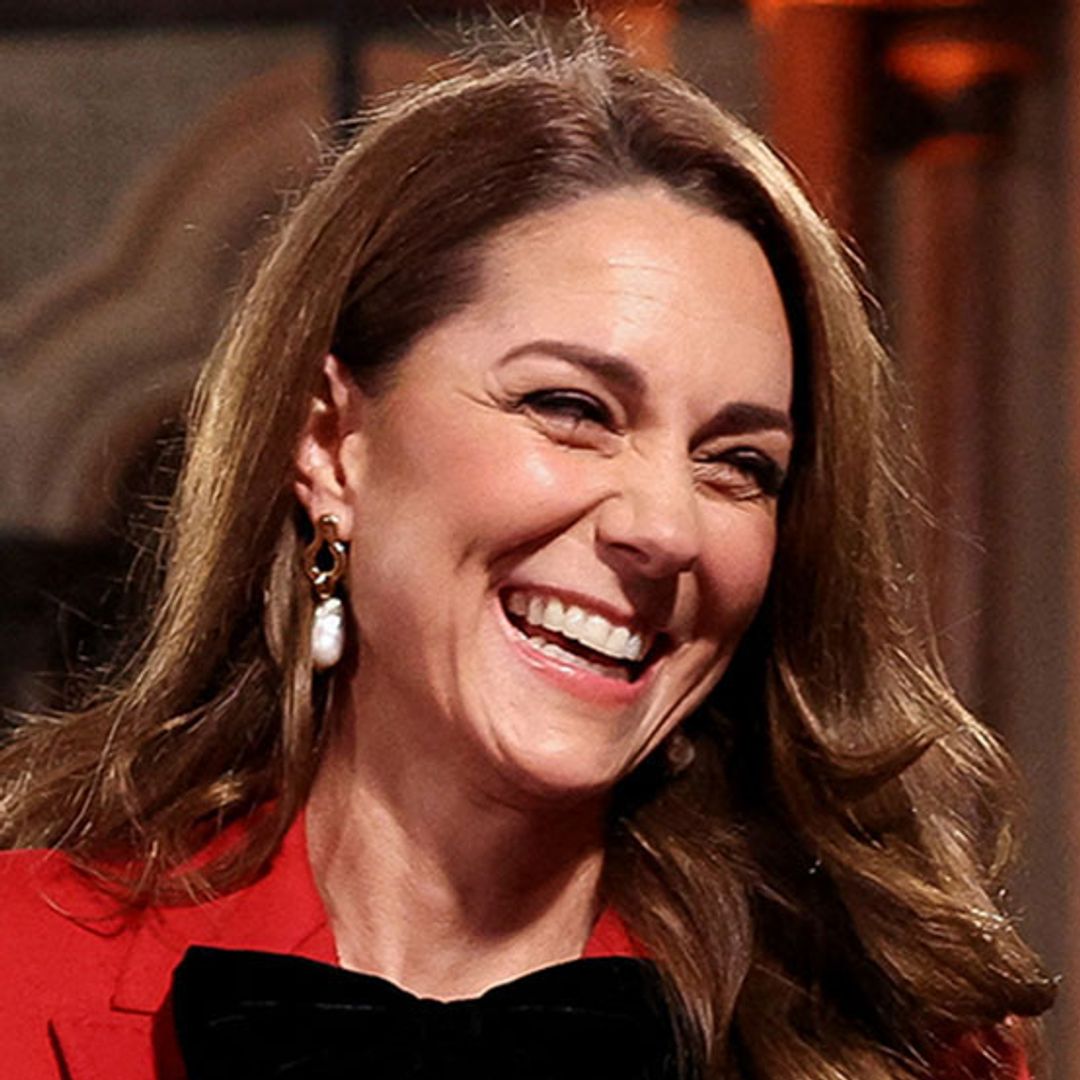With the arrival of Kate Middleton and Prince William's first child imminent, HELLO! Online presents ten interesting facts about the royal birth.
1.The Home Secretary was once required to attend the birth of a royal baby to ensure the child was not switched. The custom ended in 1948 ahead of the birth of Prince Charles as it was decided the practice was "neither a statutory requirement nor a constitutional necessity".
2.Royal births are traditionally celebrated with a 41-gun salute by the King's Troop Royal Horse Artillery. The basic royal salute is 21 rounds, but because it will be conducted in Green Park, which is a royal park, an extra 20 rounds are fired. At the Tower of London, 62 rounds will be fired — the basic 21, a further 20 because the Tower is a Royal Palace, and 21 for the city of London.
3.The birth will be announced with a notice placed on an easel in the forecourt of Buckingham Palace.
The Queen, Prince Charles, other senior royals and the Middleton family will be informed first. Then a member of William and Kate's household will hurry from the hospital to the Palace under police escort. The notice, bearing the Buckingham Palace letterhead and signed by Kate's doctors, will be the nation's first chance to find out if the baby is a little boy or a little girl.
4.The new baby will not need to have a surname, since he or she will receive the title HRH Prince or Princess, and will be referred to in this way. If William and Kate do decide to give their firstborn a surname, however, there are three choices available — Cambridge, Wales or Mountbatten-Windsor. In his military role, William uses the name of his royal house, Wales, which is taken from his father, Prince Charles. Cambridge, meanwhile, was the name given to the couple when they married.In 1917, George V adopted the name Windsor as the family's "surname", changing it from Saxe-Coburg and Gotha as a result of anti-German feeling in the country. The Queen and Prince Phillip combined their surnames to make Mountbatten-Windsor.
5.Traditionally, royal babies were born in private or royal residences. The Queen was born at 17 Bruton Street, the London home of her maternal grandparents. Prince Charles, Prince Andrew and Prince Edward were all born at Buckingham Palace, while their sister Princess Anne was born at Clarence House. However, both Prince William and Prince Harry were born at St Mary's Hospital — where the new arrival will also make his or her entrance into the world.
6.The royal baby will be christened in a replica of the Honiton lace and satin christening gown made for Queen Victoria's eldest daughter in 1841. The Queen wore the original gown, as did her children and grandchildren including Princes William and Harry. In 2008, however, the Earl and Countess of Wessex's son Viscount Severn, became the first royal baby to wear the replica robe designed to preserve the original. It was created by the Queen's trusted dresser Angela Kelly and her team of dressmakers at Buckingham Palace.
7.Planned changes to the succession rules mean that the new arrival will be the first baby born with an equal claim to the throne, regardless of whether it is a boy or a girl. The baby will become the third-in-line after its grandfather Prince Charles and father Prince William.
8.The baby will be the Queen's third great-grandchild. Peter Phillips' eldest daughter Savannah became the monarch's first great grandchild when she was born in December 2010, followed by her little sister Isla in March 2012.
9.Royal babies usually have five or six godparents, and contenders for the new role include Prince Harry, Pippa Middleton and James Middleton. William and Kate may also consider William's school friend Thomas van Straubenzee, or the van Cutsem brothers, Hugh and Nicholas.
10.The new arrival is likely to have three or four forenames, which traditionally honour relatives. Prince William was christened Prince William Arthur Philip Louis, while his brother was named Prince Henry Charles Albert David. Their father, meanwhile, was christened Charles Philip Arthur George.













